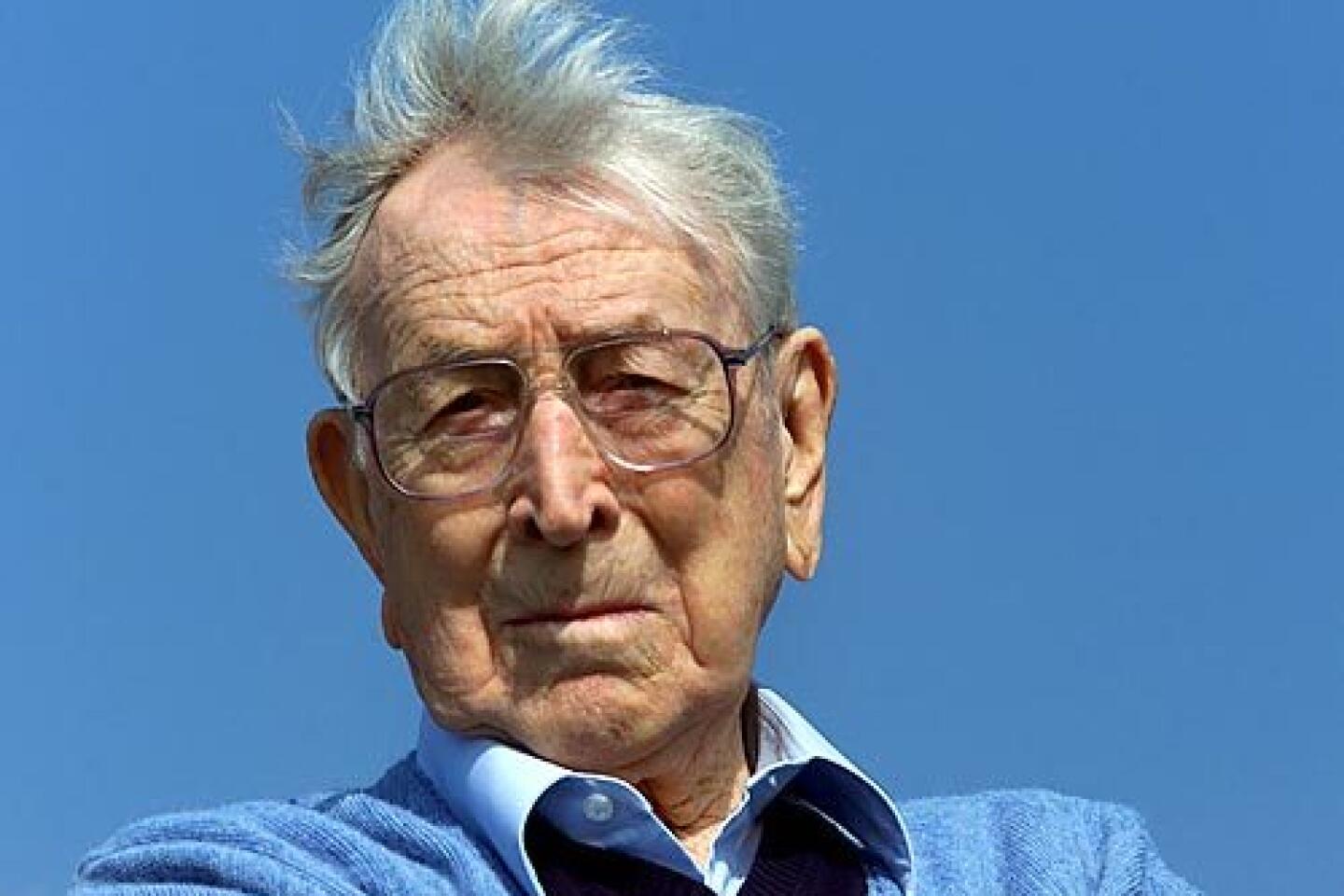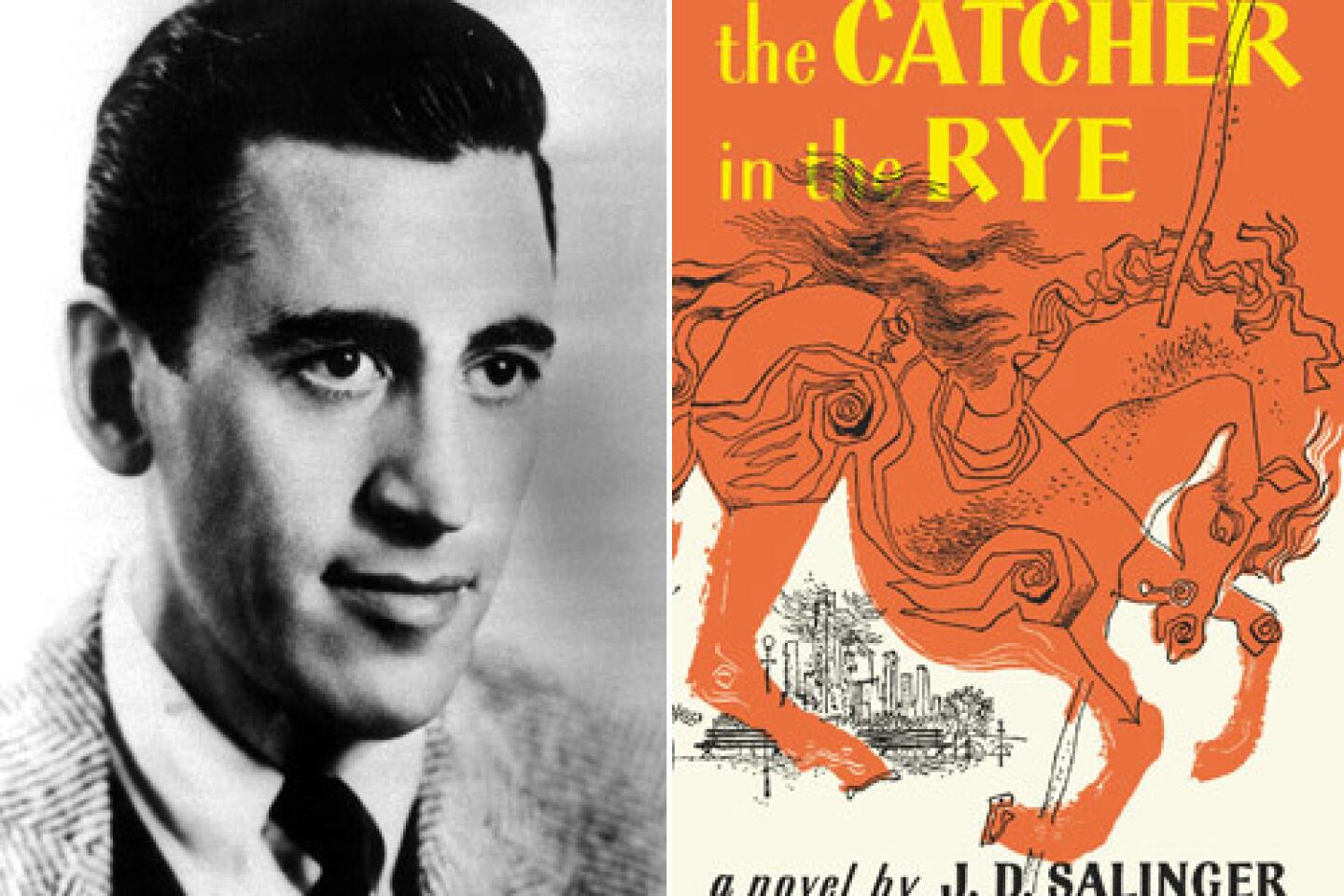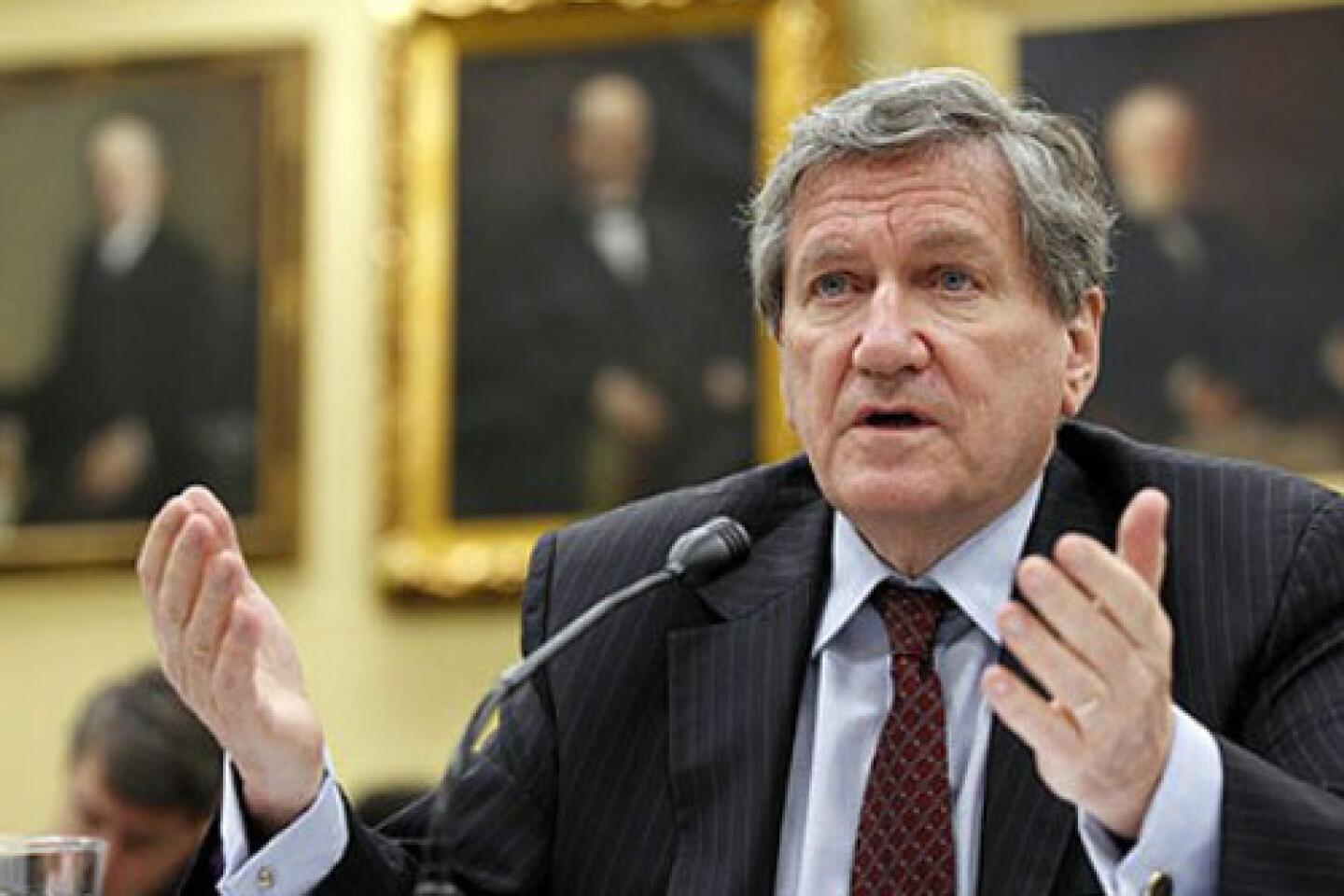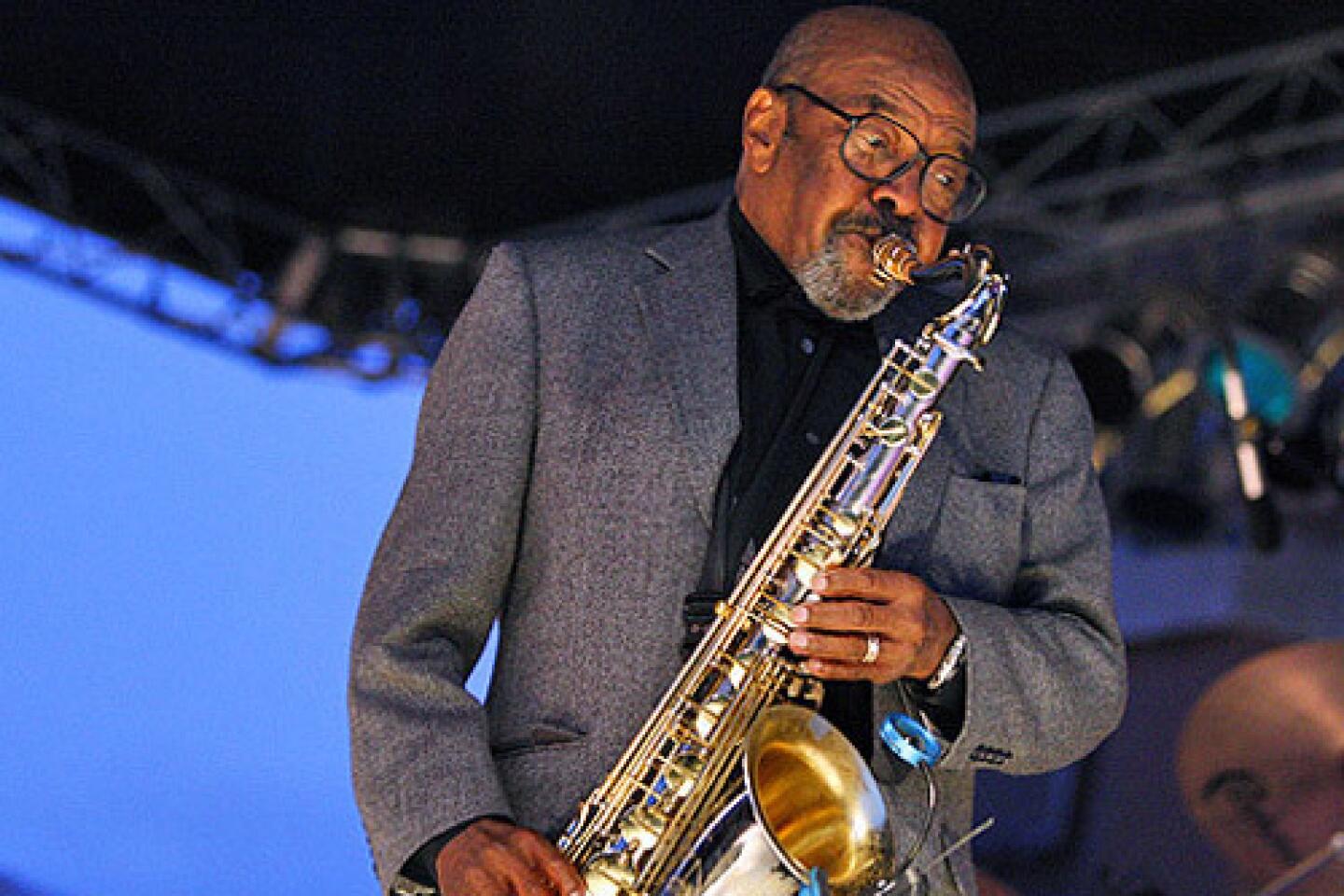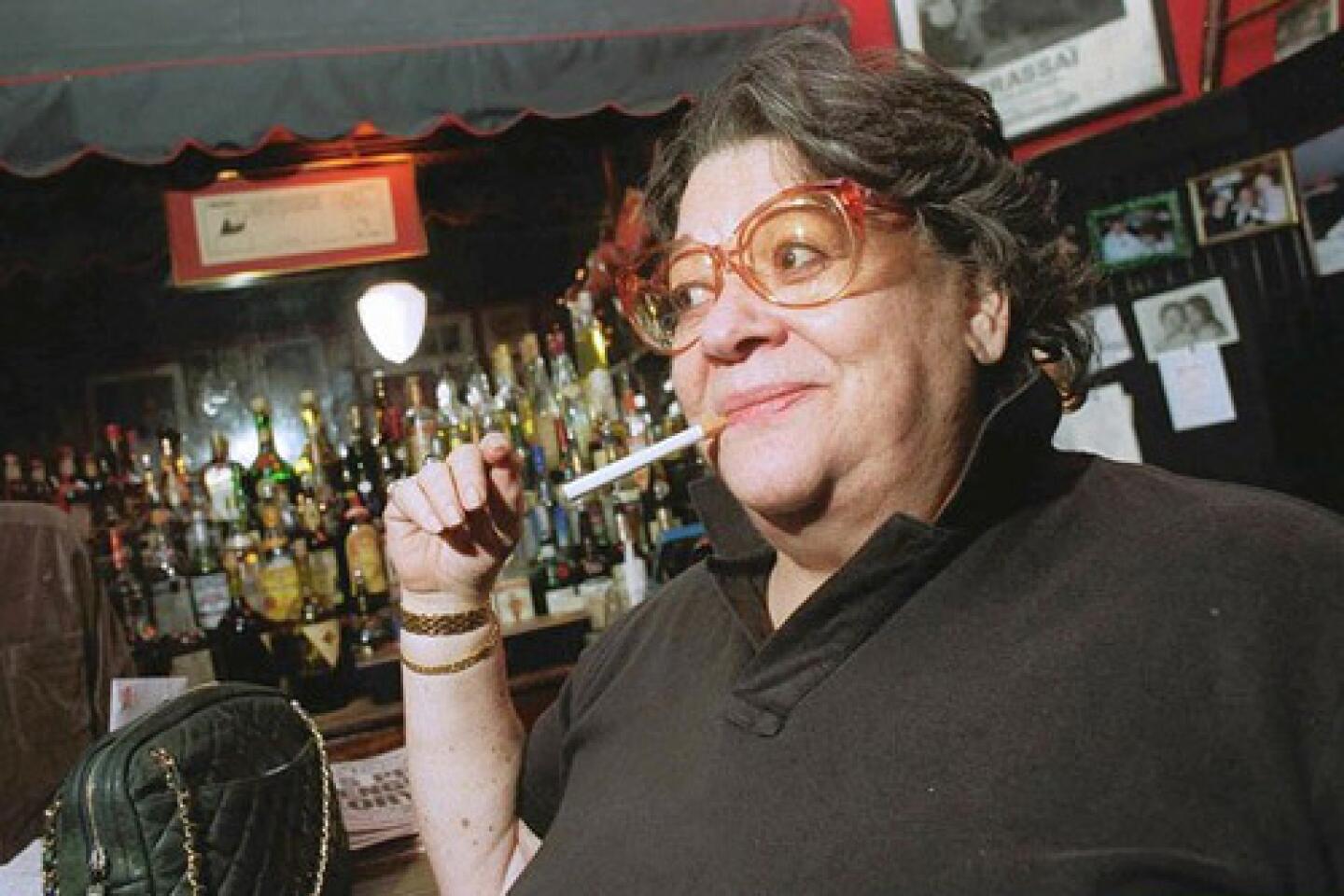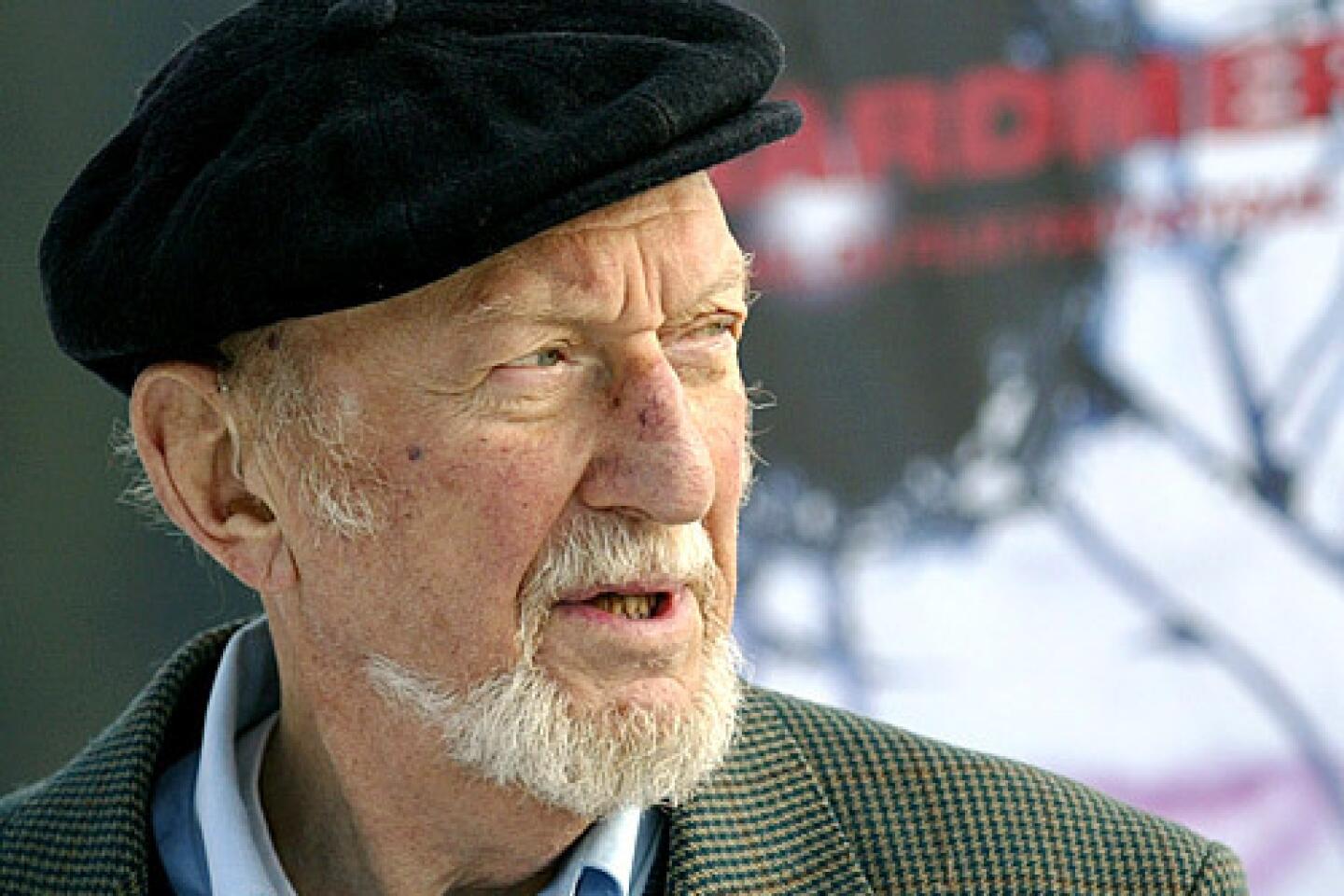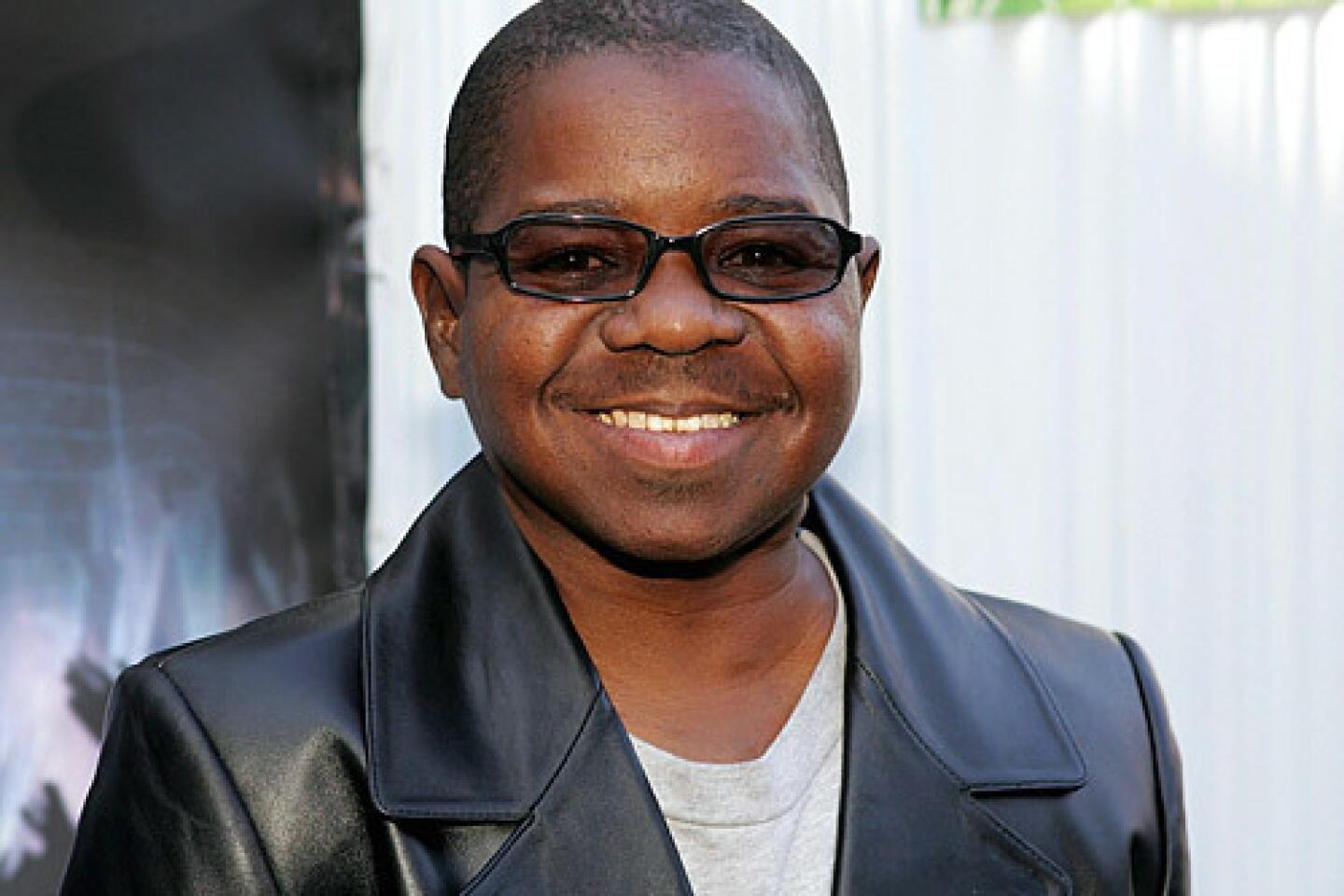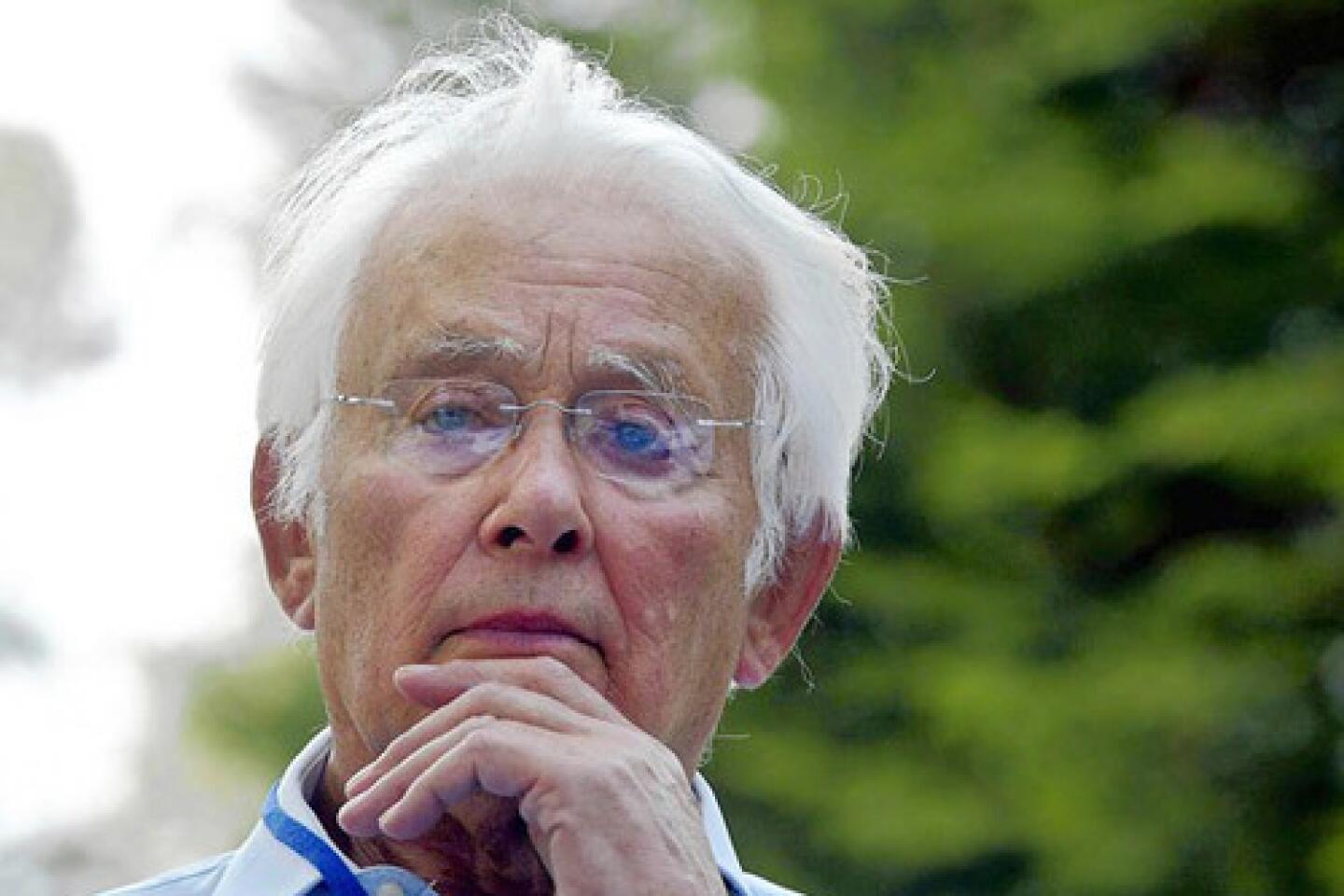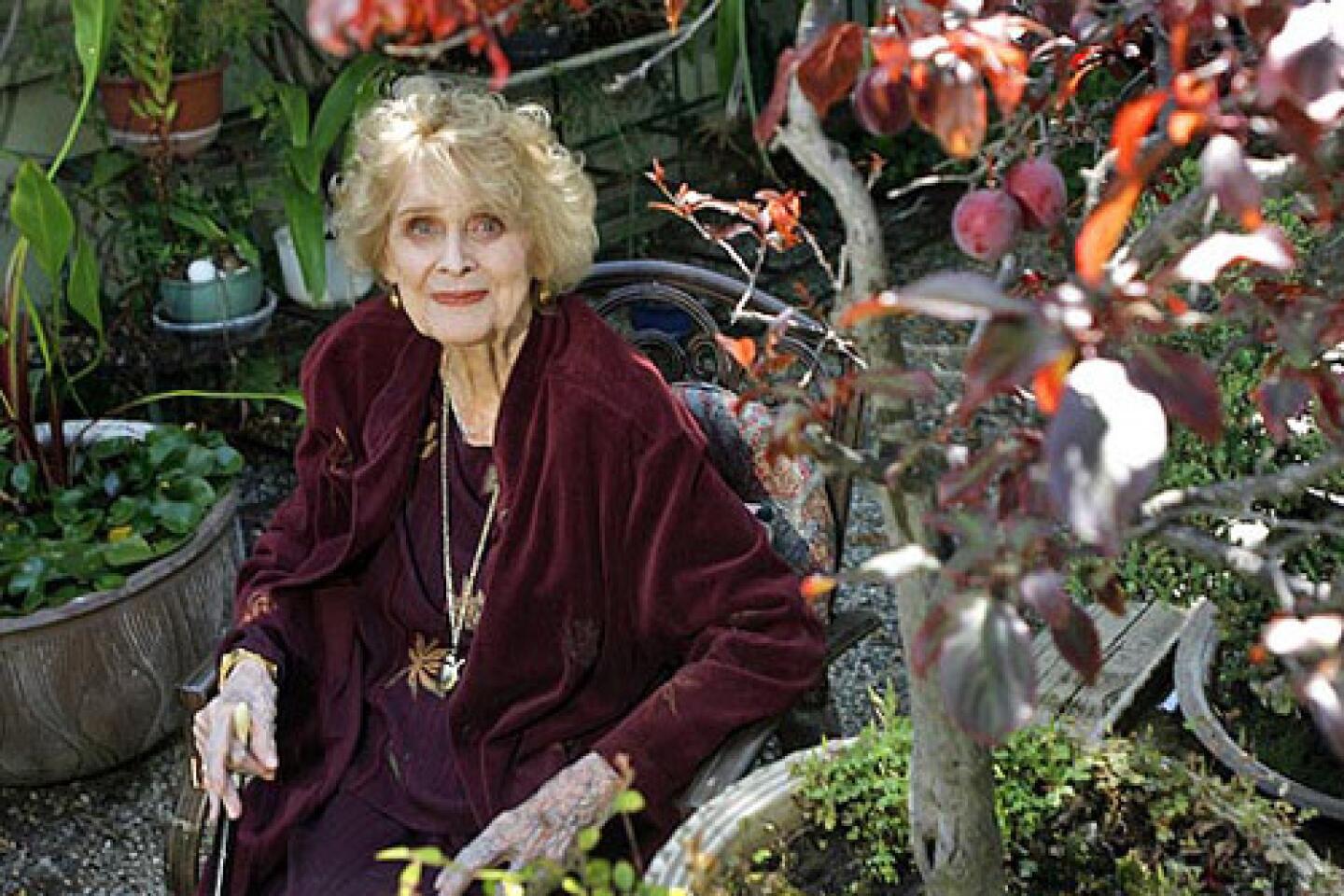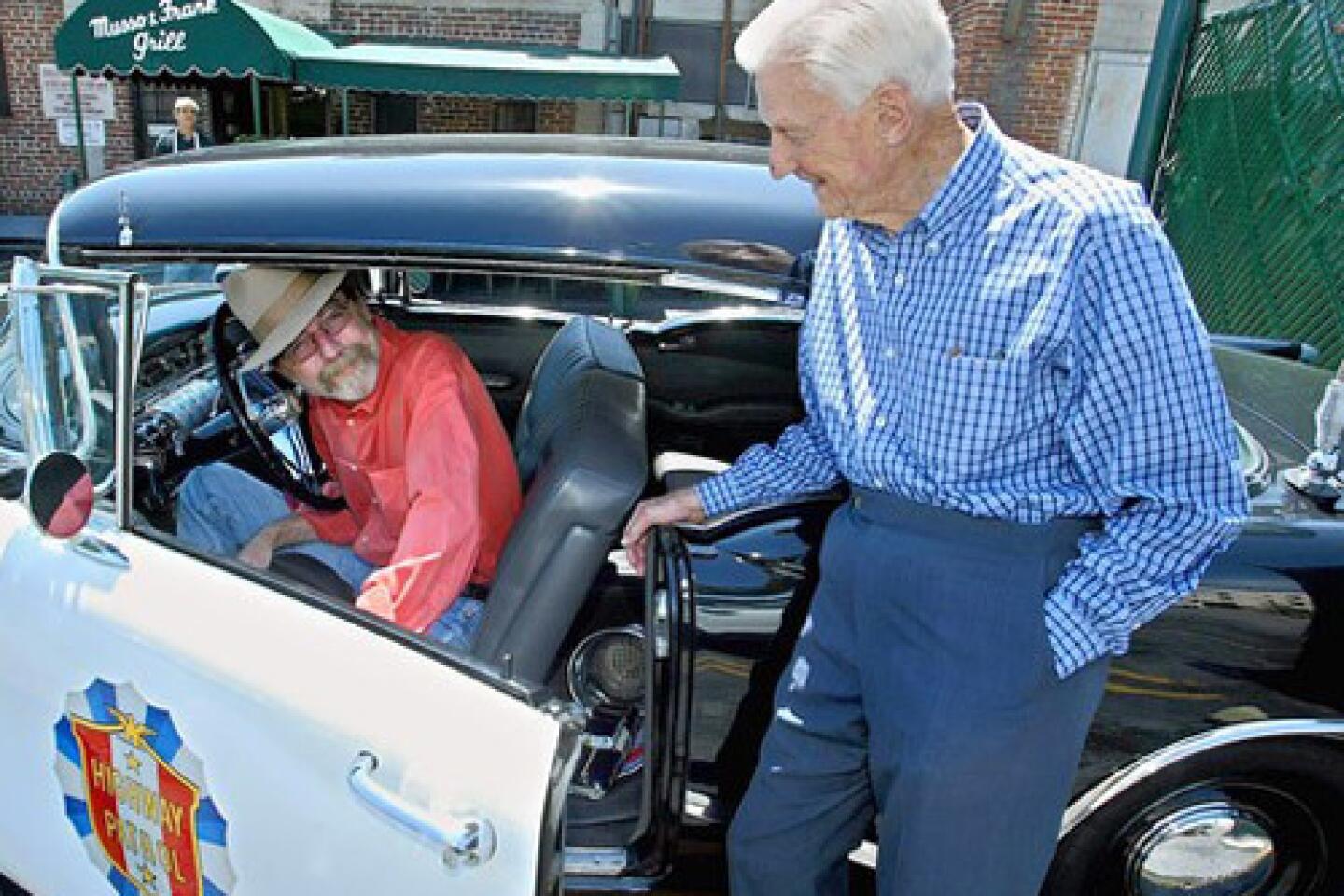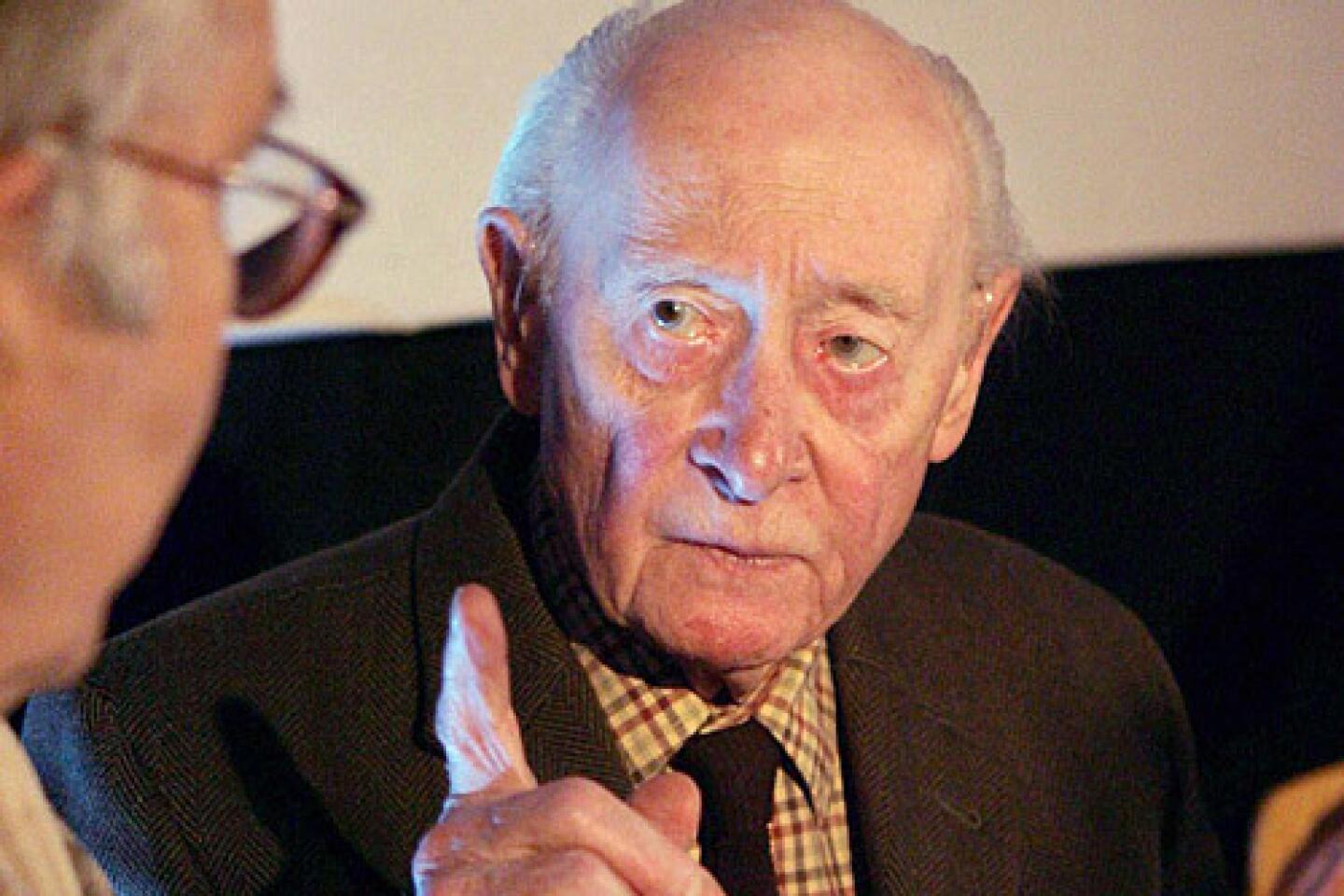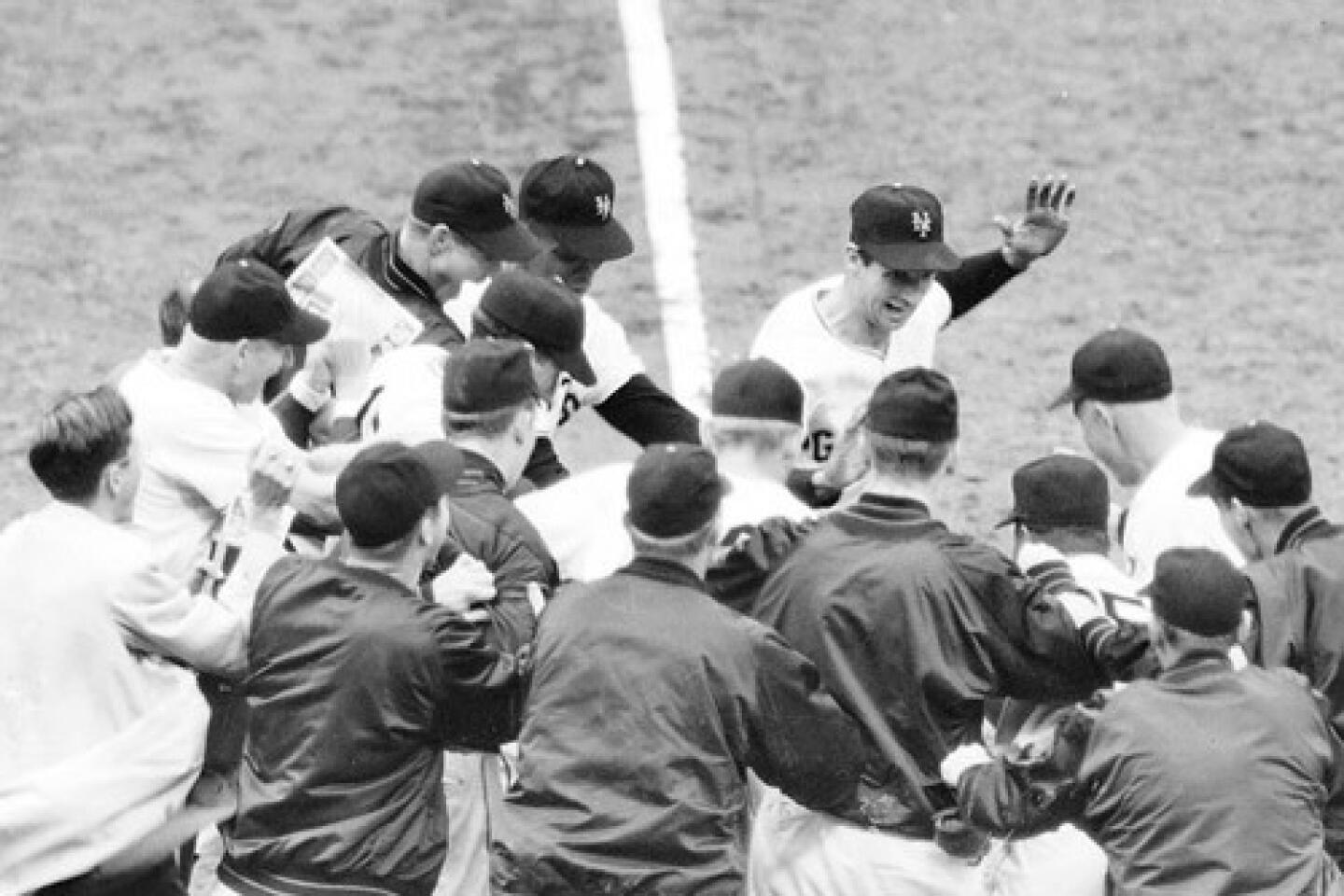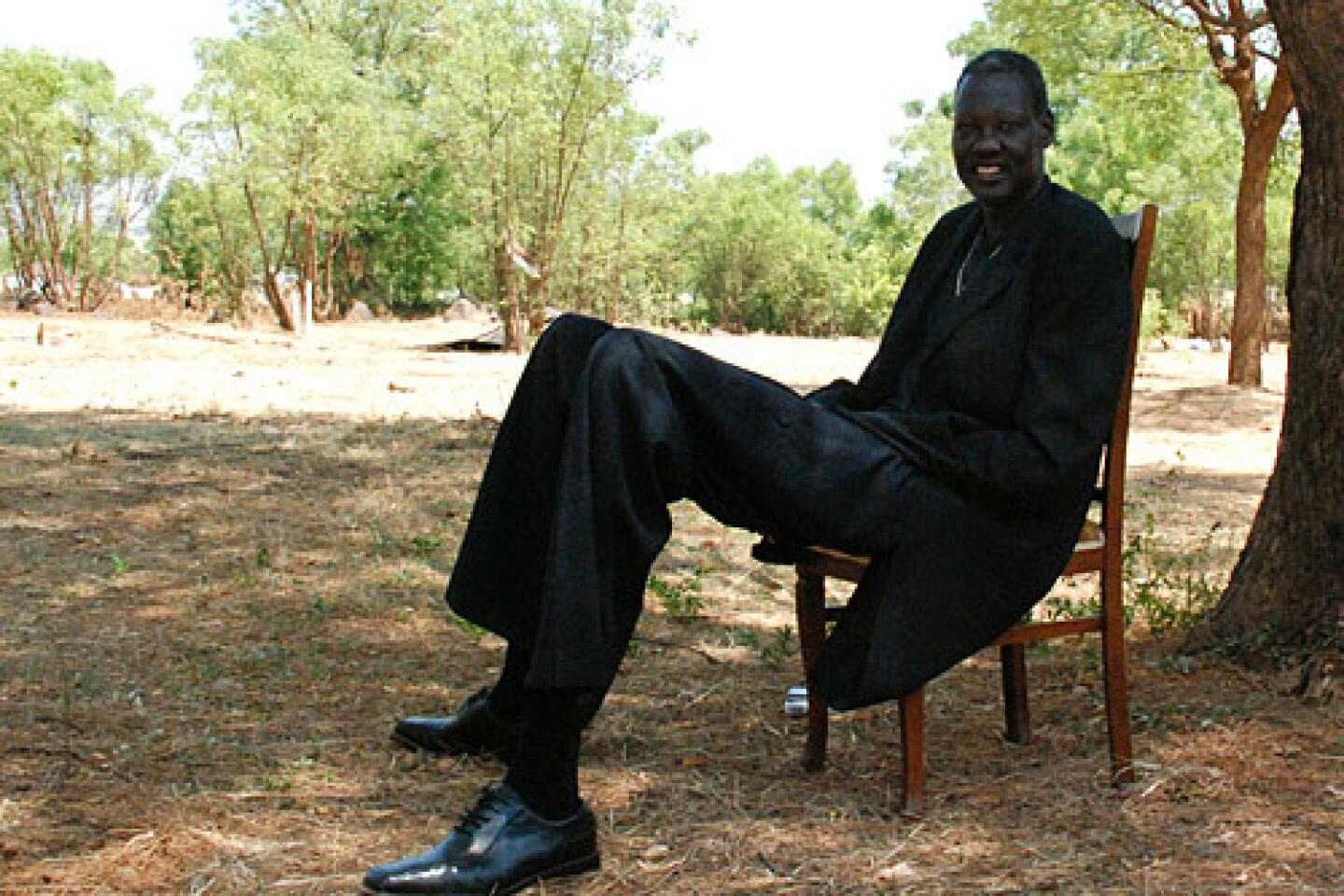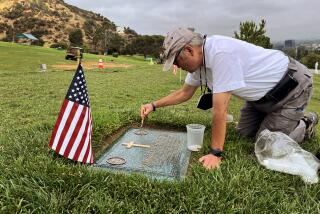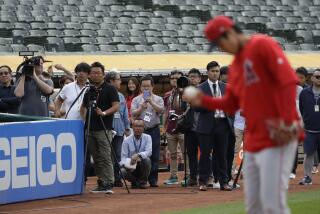Harvey Itano dies at 89; researcher whose studies provided a breakthrough on sickle cell disease
Dr. Harvey Itano, whose studies on sickle cell disease marked the first time that a disease had been linked to a specific molecular defect and who later became the first Japanese American elected to the prestigious National Academy of Sciences, died May 8 in La Jolla. He was 89 and had Parkinson’s disease.
Itano was a senior at UC Berkeley when the Japanese bombed Pearl Harbor; in early 1942, he and his family were sent to the Tule Lake internment camp in Northern California, a reaction to the fear following the sneak attack that prompted the United States to enter World War II. He was unable to attend his graduation that summer but his grades made him class valedictorian, and then- UC President Robert Gordon Sproul personally awarded him the medal honoring his achievement.
Fifty years later, the university held an honorary graduation ceremony for the estimated 315 Japanese Americans, 75 Germans, six Italians and 11 Japanese at UC Berkeley who were interned.
Itano was fortunate to escape the camp. After he sent out innumerable applications to medical school, the St. Louis University School of Medicine agreed to take a chance on him, and he became the first Nisei (second-generation Japanese American) to leave Tule Lake to attend college. He received his medical degree in 1945, then went to graduate school at Caltech, where he received doctorates in chemistry and physics in 1950.
As a graduate student in Nobel laureate Linus Pauling’s laboratory, Itano investigated the biochemistry behind sickle cell disease, a genetic disorder that causes red blood cells in some African Americans to assume a sickle shape under stress. The sickled cells block blood vessels, causing intense pain and damaging internal organs.
Itano and his colleagues were able to show that the sickling was caused by a mutation in a single amino acid that was part of the structure of hemoglobin. Their 1949 paper in the journal Science, “Sickle Cell Anemia: A Molecular Disease,” was recognized as the first solid proof of the existence of a “molecular disease,” a disease caused by a subtle alteration in a molecule necessary for life.
In the Pauling biography “Force of Nature,” Thomas Hager noted: “People had theorized in broad terms about the molecular basis of disease before, but no one had ever demonstrated it the way Pauling’s group did.... By pinpointing the source of a disease in the alteration of a specific molecule and firmly linking it to genetics, Pauling’s group created a landmark in the history of both medicine and molecular biology.”
Itano continued his studies of hemoglobin abnormalities at the National Institutes of Health until 1970, when he was recruited to the faculty of the young UC San Diego School of Medicine. He retired in 1988. He received a number of honors, including the Martin Luther King Jr. Award of the Southern Christian Leadership Conference in 1972 for his work unraveling a disease that affected primarily blacks.
Born Nov. 3, 1920, in Sacramento, Itano was an Eagle Scout and had a lifelong interest in fishing and golfing. He also was interested in genealogy and was able to trace his family history in Japan to the late 1500s. In 1997, he and his siblings erected a stone monument on the Itano ancestral property detailing the history of the family in both countries.
Itano is survived by his wife of 61 years, the former Rose Nakako Sakemi, whom he met at Berkeley; a brother, Masashi of Rancho Palos Verdes; a sister, Edith Kazue Tanaka of San Francisco; three sons, Wayne of Boulder, Colo., Glenn of Alameda, and David of Honolulu; and four grandchildren.
